What’s the most famous rally in the world? Monte Carlo, for sure – but the next best-known is surely the Safari.
Now it’s back, after a 19-year absence from the World Rally Championship. The grand return isn’t quite going to be the no-holds-barred epic that people remember – the route is now run on closed special stages rather than public roads, for example – but the name remains just as emblematic.
Effectively, Safari is a brand new event for everyone. Toyota, currently leading the standings, has an incredible history on the Safari, but their last win in Kenya dates back to 1995. The Japanese firm’s motorsport advisor, Tommi Makinen, is a two-time winner of the Safari: how much will his experience and advice help Toyota to consolidate its advantage in both the drivers’ and manufacturers’ championship this weekend?
Hyundai clearly need some answers, and in addition to the regular line-up, Oliver Solberg makes his gravel debut at the wheel of an i20 WRC: exactly 22 years after his father Petter did something similar, having been drafted into the factory Ford squad at the last minute after Thomas Radstrom broke his leg. Petter went on to finish fifth…

Ford is still the most recent WRC Safari winner – courtesy of Colin McRae in 2002 – but this year, the team’s factory line-up consists of Gus Greensmith and Adrien Fourmaux: neither of whom have anything like the experience of their direct rivals.
It’s a slimmed-down M-Sport outfit, as the team is sending only the bare minimum of people due to Covid-related travel restrictions (which stymied the Safari’s planned return last year) – and even team principal Richard Milliner is staying at home. Instead, he’ll be managing the team remotely thanks to modern communications technology: an experiment that could be repeated in future if it works out this weekend.

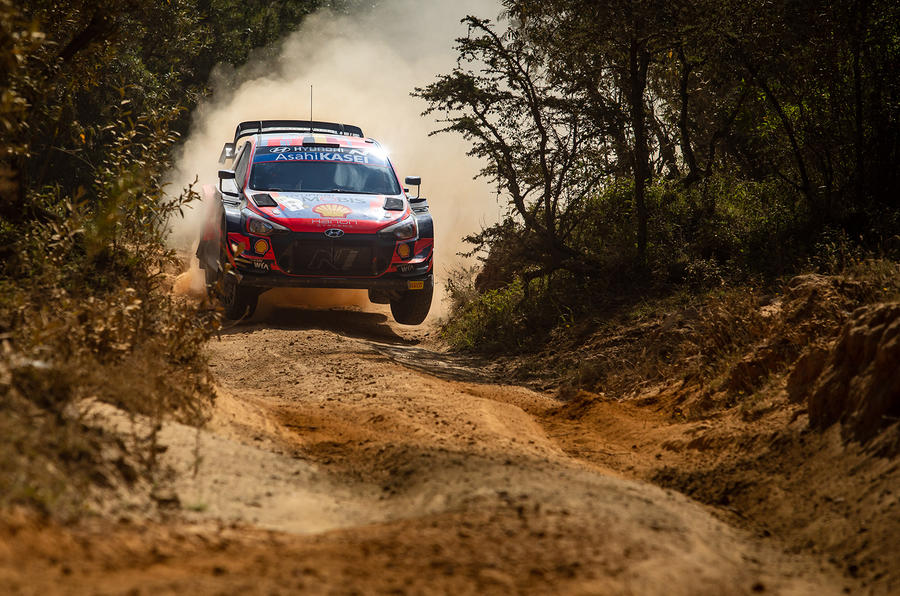
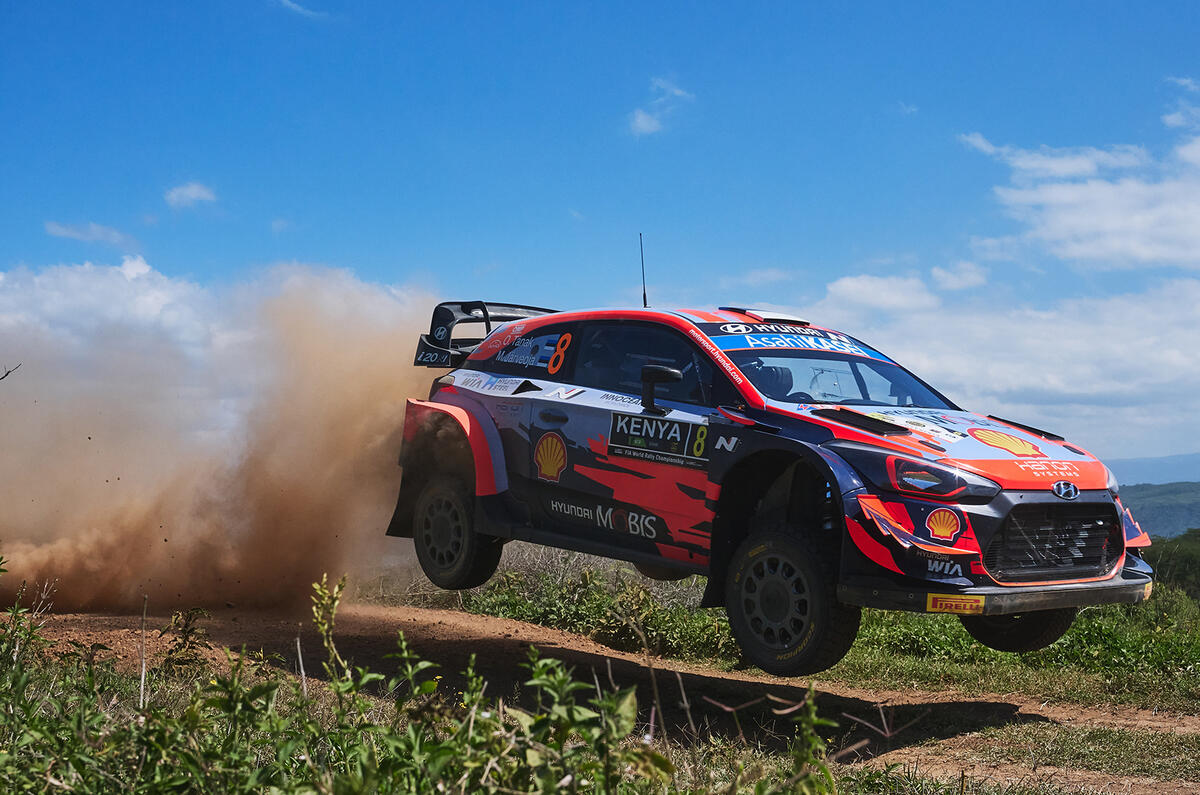
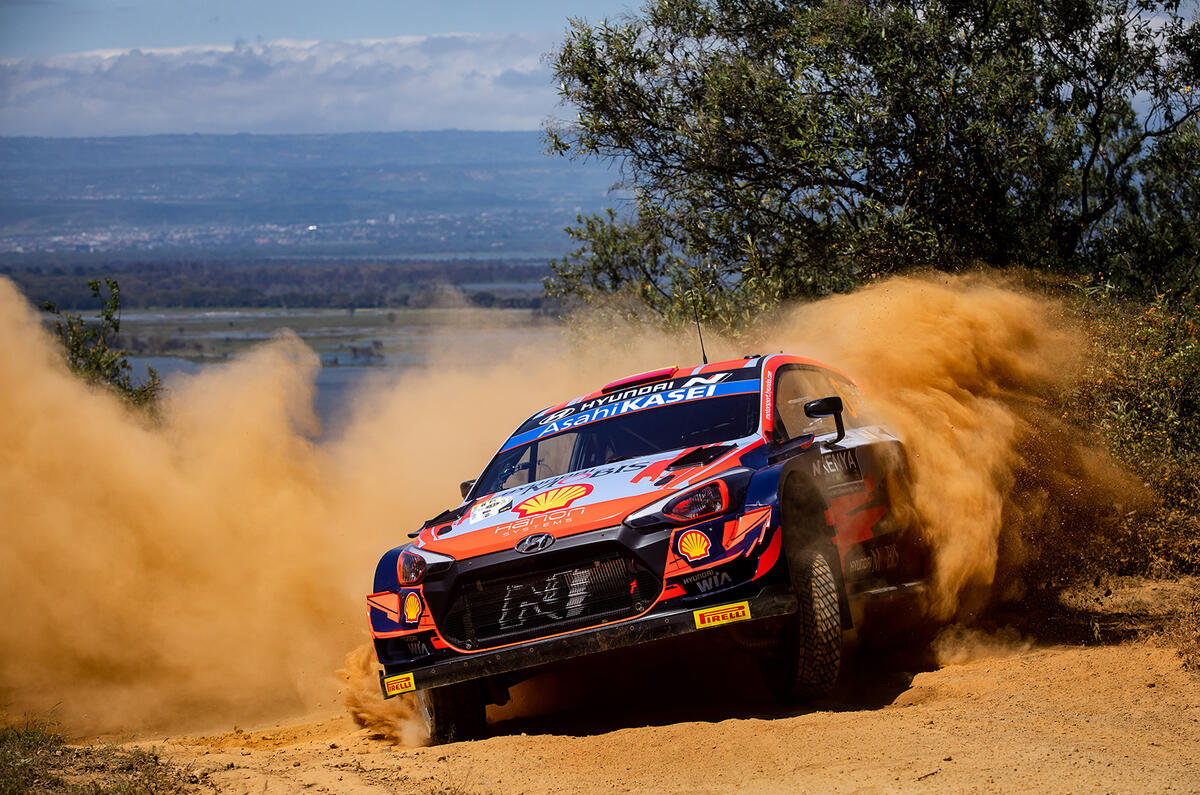



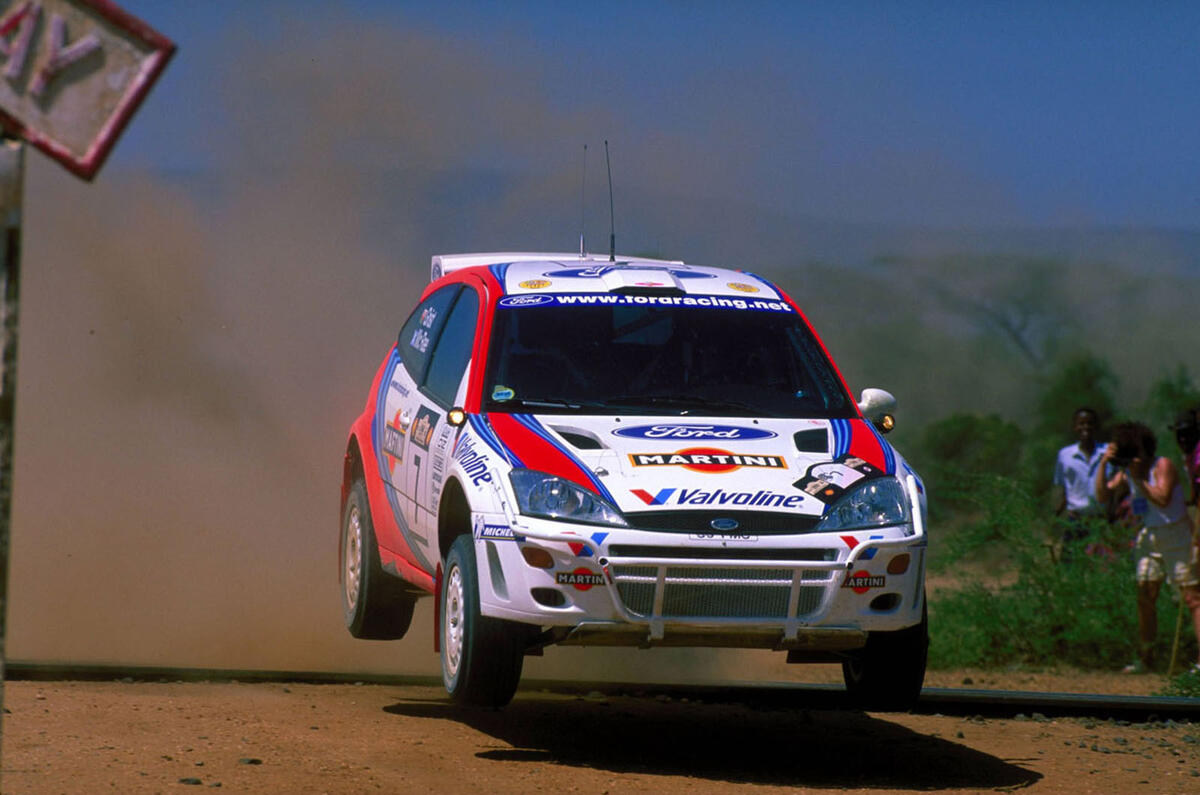

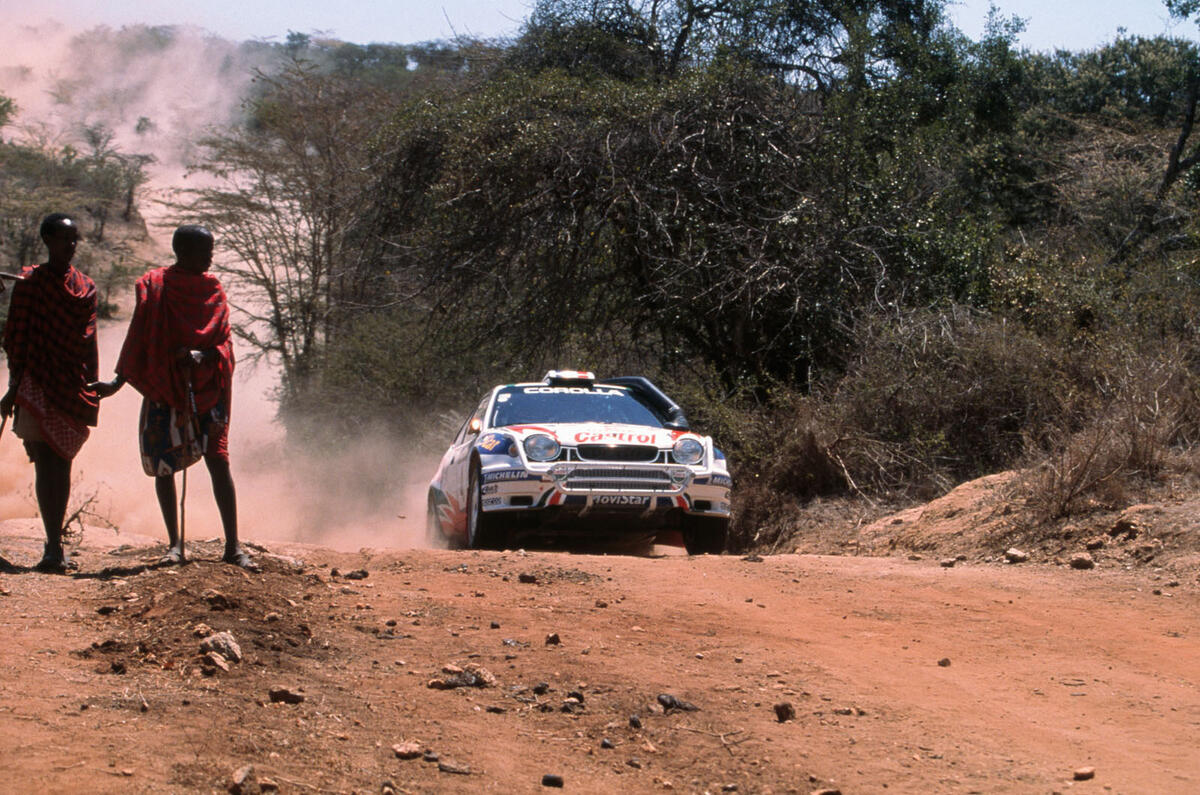

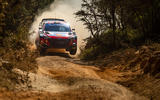










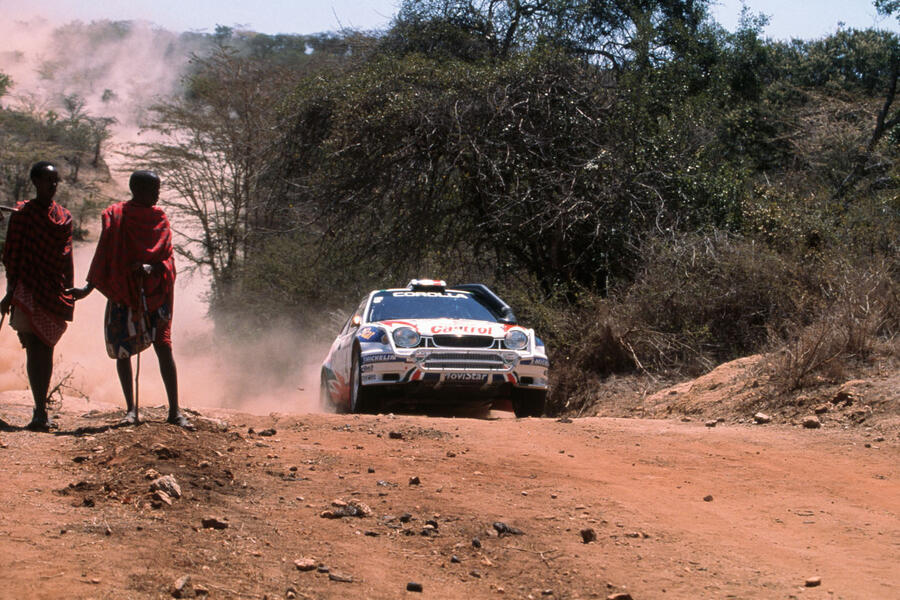


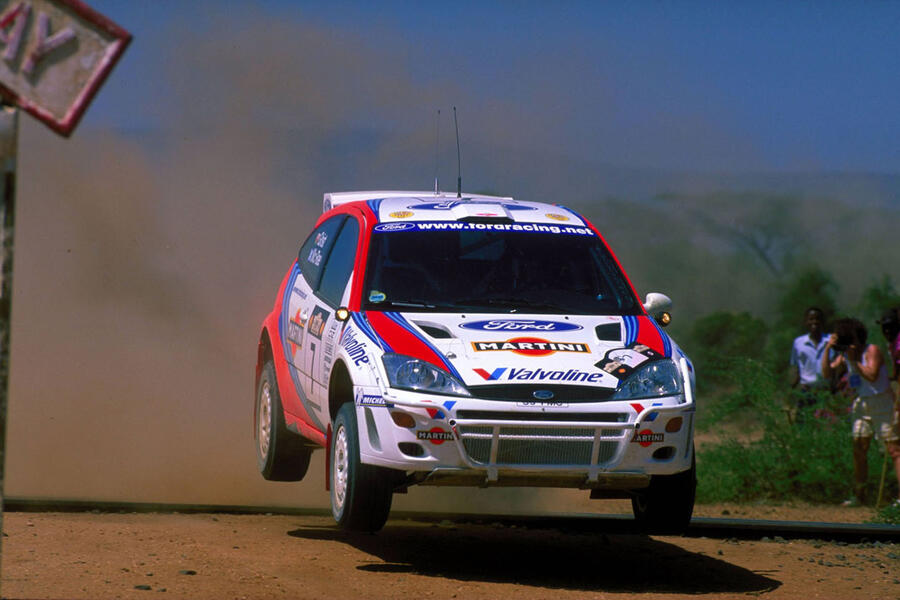


Add your comment